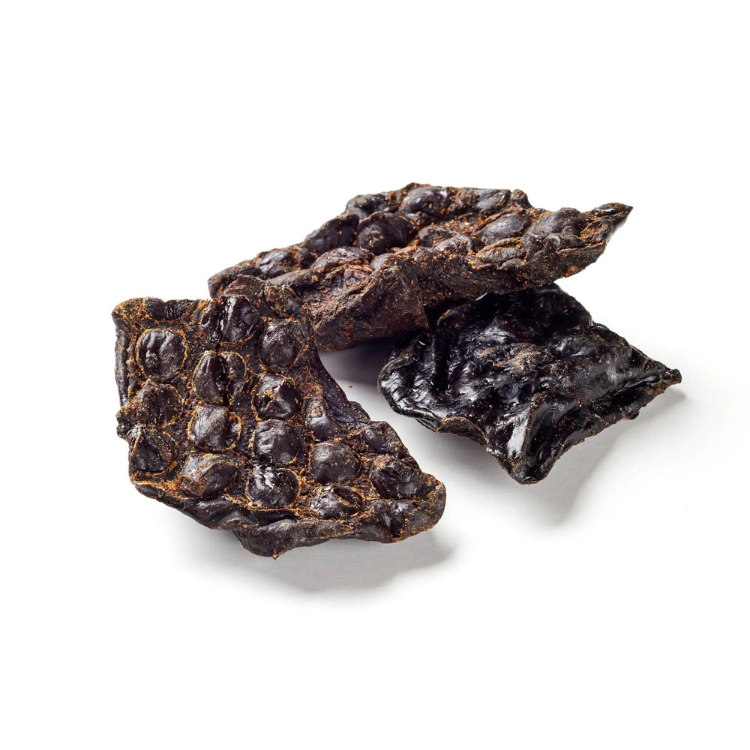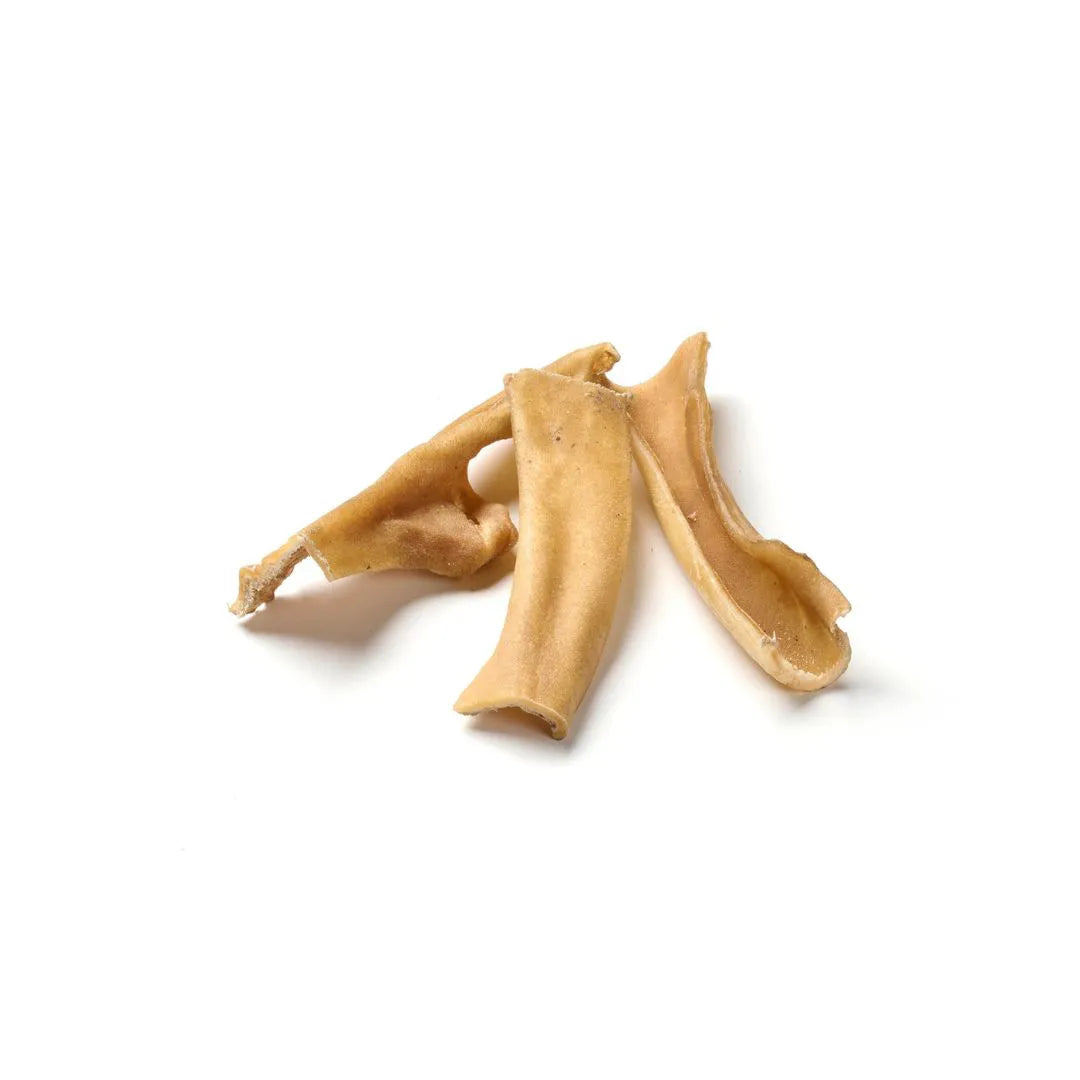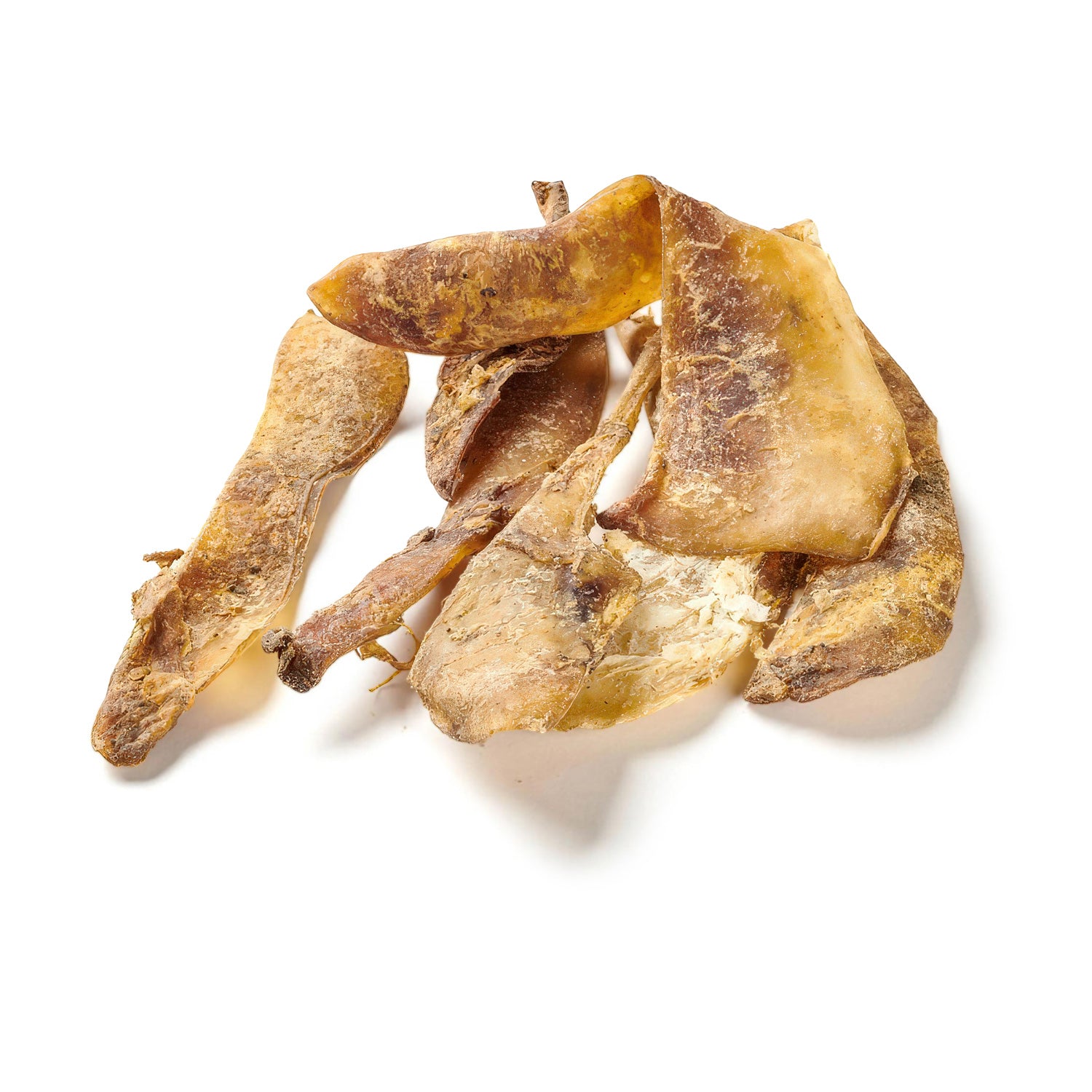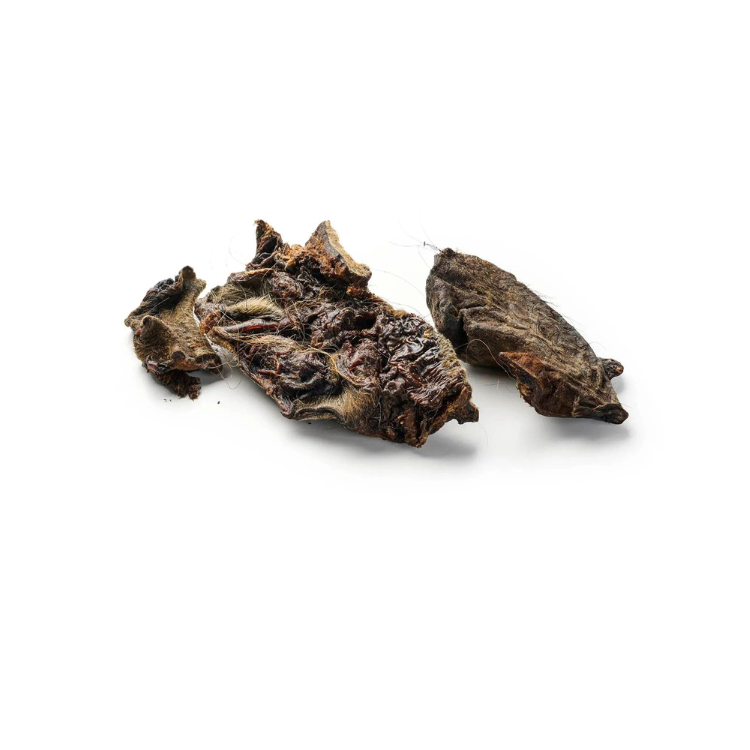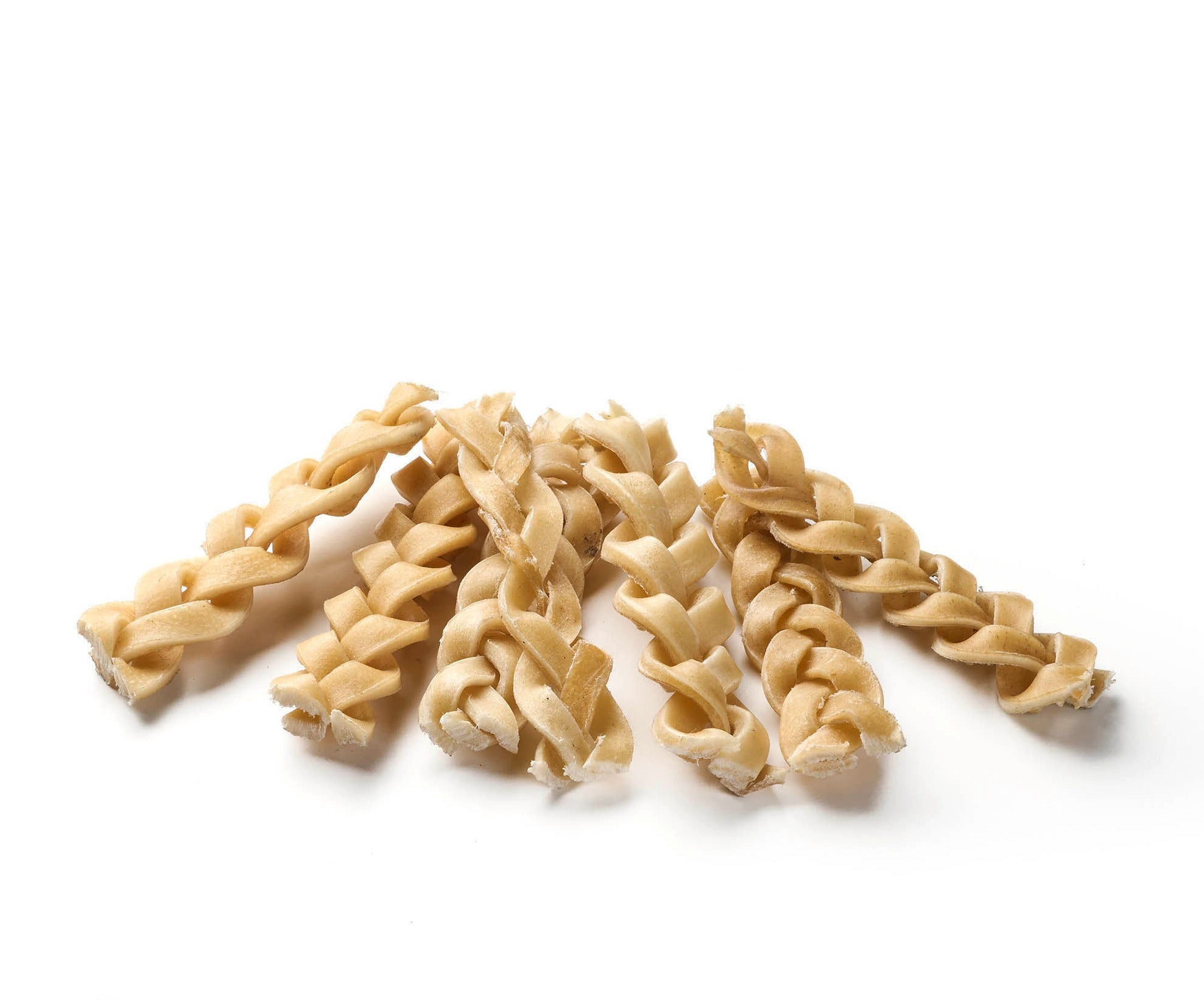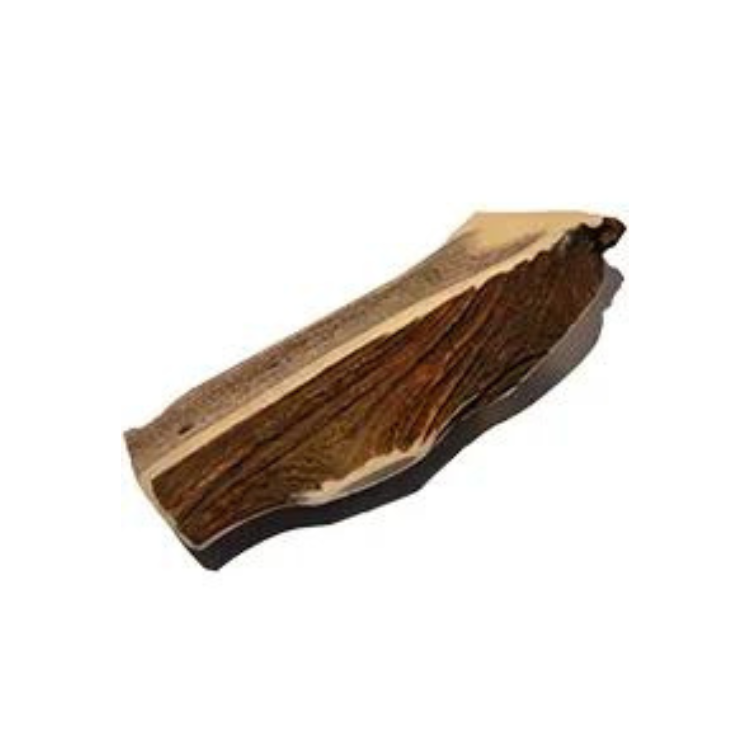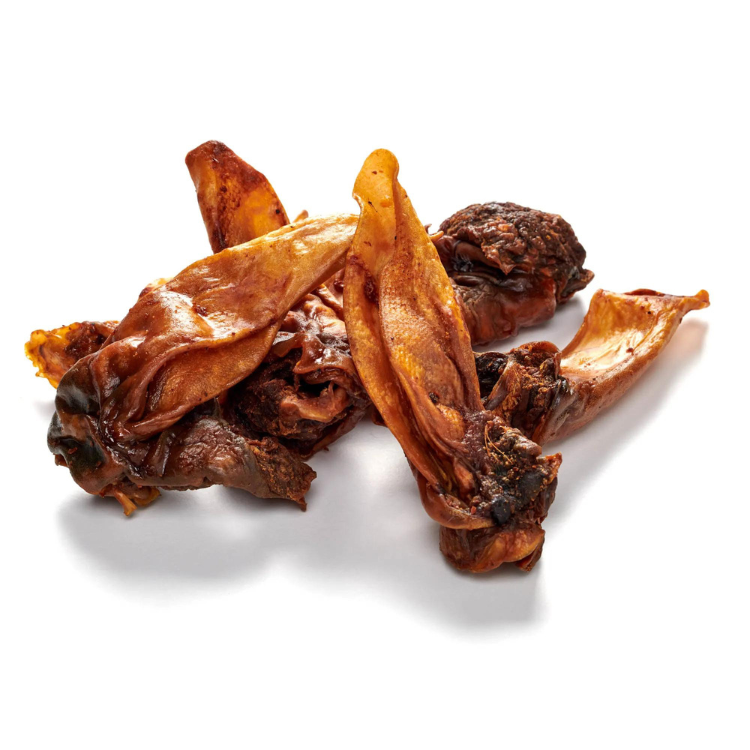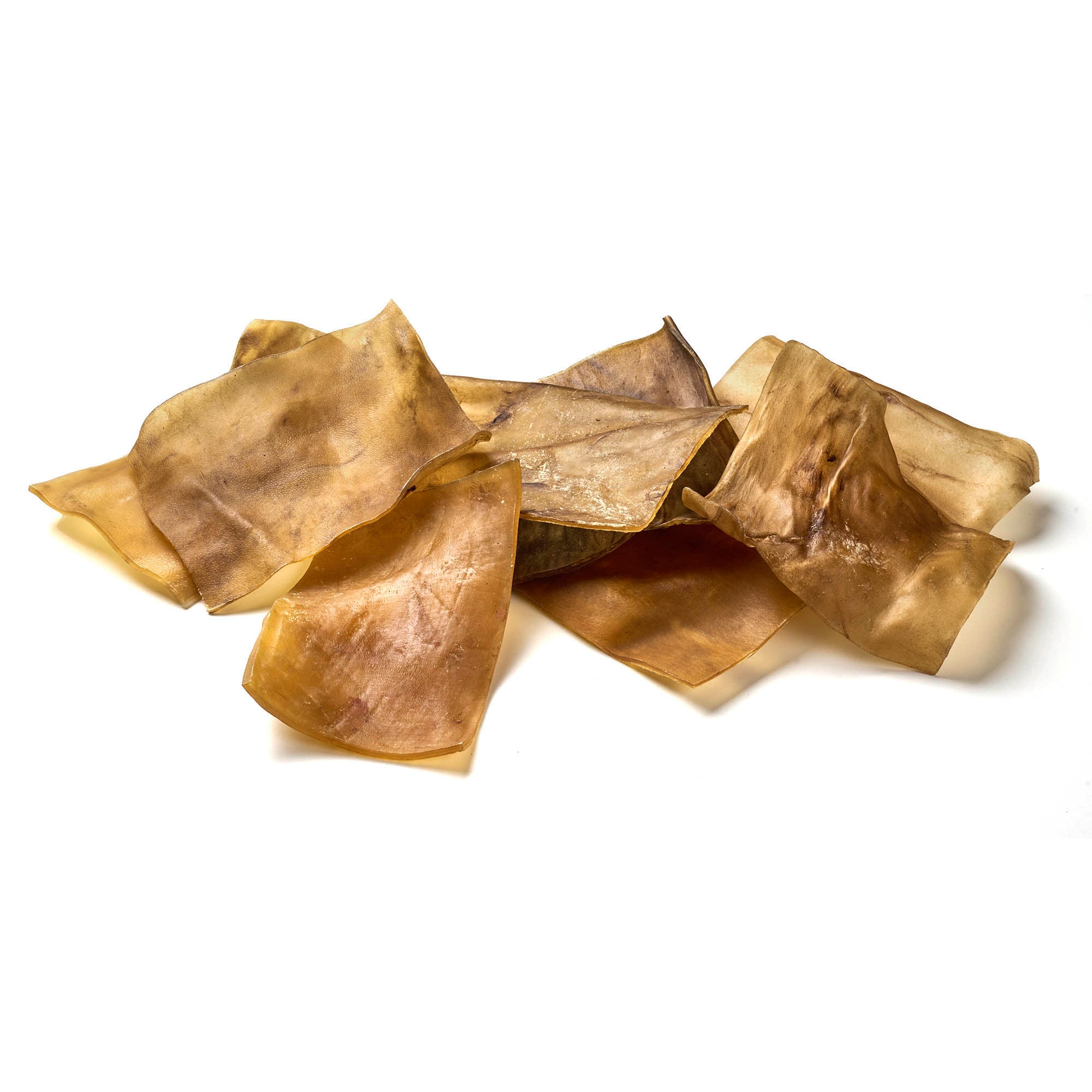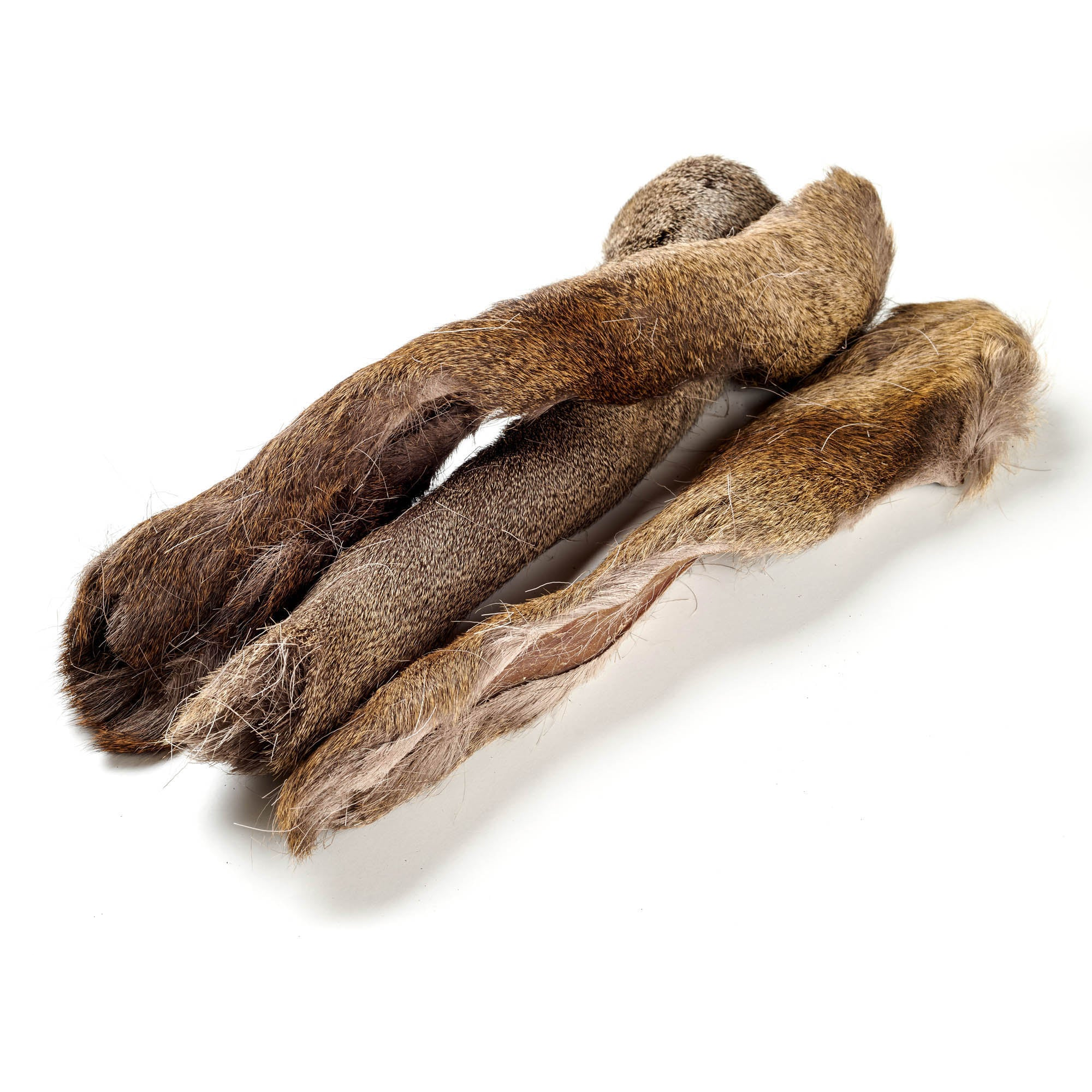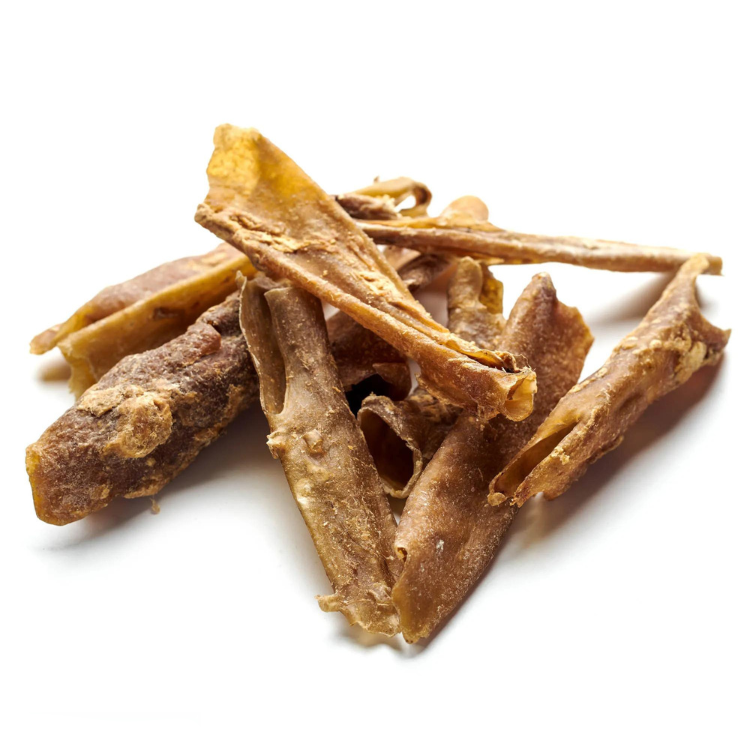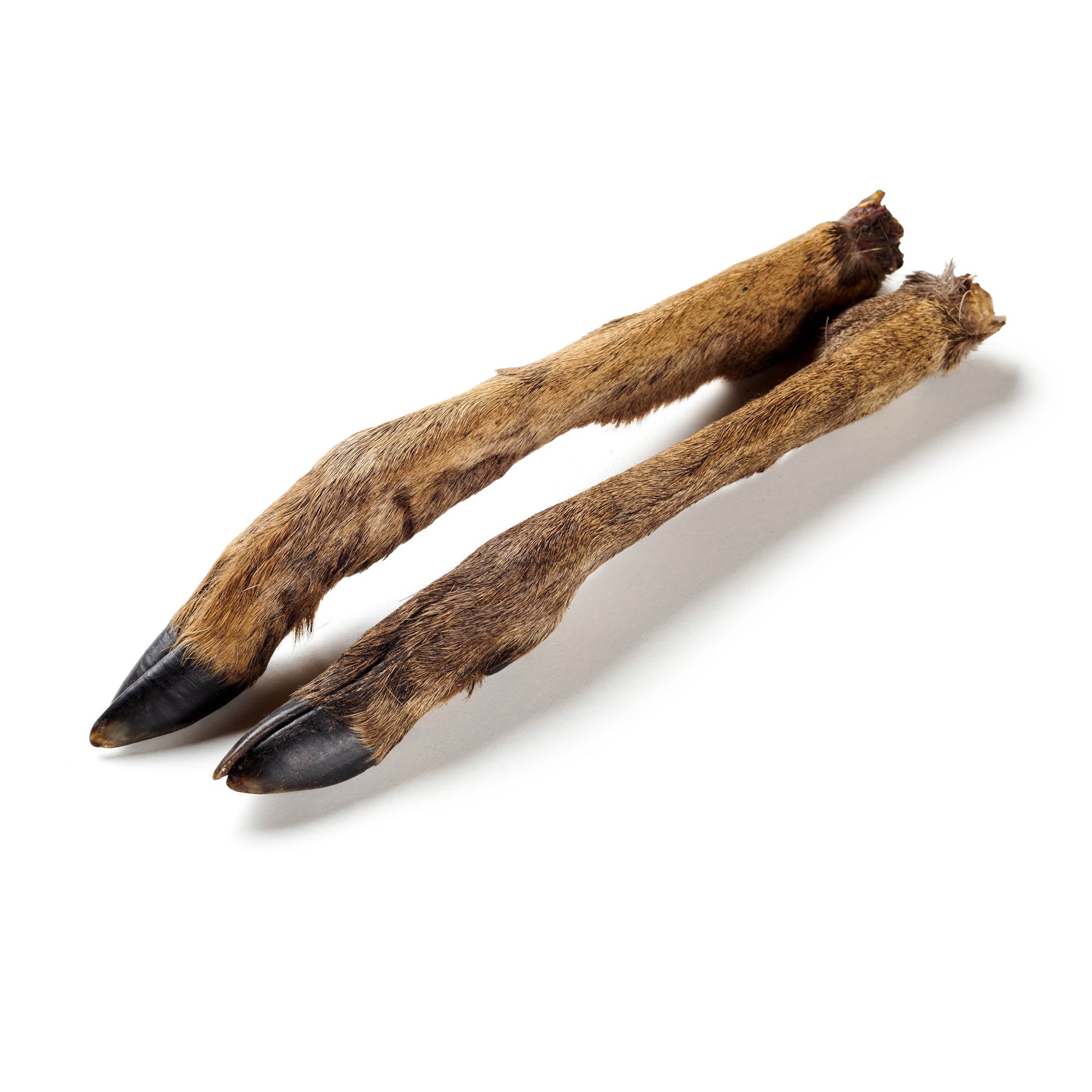
Coat change in dogs
Share
With the arrival of spring, when the days get longer and nature comes to life again, an important phase begins for our dogs: the change of coat. The temperatures gradually rise and while we enjoy the first warm rays of sunshine, dog owners often find a surprising number of small tufts of fur in the home, scattered on clothing and furniture. This seasonal transition is a natural process in which the dog loses its thick, warm winter coat and exchanges it for a lighter, thinner summer coat.
This time can be challenging for dogs, and many dog owners wonder how they can best accompany their loyal companion through this phase of change. But what exactly happens during the coat change, and how can you best organize coat care during this time to support the dog and keep the home clean at the same time?
Content: Grooming during transition
- Why do dogs change their fur
- Recognizing the coat change
- Regular brushing is essential
- The right tool
- Healthy nutrition for a beautiful coat
- Conclusion
Treat your dog to something special with our chew products!
Why do dogs change their fur
The shedding of fur in dogs is much more than a mere reaction to changing temperatures; it is a profound, evolutionary process. In the wild, this periodic shedding of hair enabled the ancestors of our domestic dogs to optimally adapt to seasonal environmental conditions, which significantly improved their chances of survival. What's particularly fascinating is that the change in day length - or more precisely, the amount of light - is a key trigger for coat change. While shorter days in autumn signal the start of the growth of a thick winter coat, longer days in spring do the opposite: dogs begin to shed their warm winter coat and prepare to develop a lighter summer coat that retains less heat and provides better protection against UV radiation. This summer coat is less insulating, allowing the dog to release its body heat more efficiently in warmer temperatures.The coat plays a central role in the dog's ability to regulate its body temperature. While the dense winter coat is designed to retain heat while wicking away moisture to keep the dog warm and dry during the colder months, the summer coat is thinner and reflects sun rays to protect the dog from overheating. Interestingly, other factors can also affect shedding, including the dog's general health, diet, and hormonal status. Even stress can sometimes trigger premature or increased shedding. Overall, the change of coat is a complex process that is deeply rooted in the dog's biology and ideally prepares it for the external conditions of each season.
Recognizing the coat change
The shedding of dogs can sometimes start out quite inconspicuously for dog owners, but quickly becomes obvious as soon as large amounts of hair are lying around the house or sticking to clothing and furniture. But there are also more subtle signs that indicate the beginning of the shedding process. If we know what to look for, we can better help our dogs through this time.
Delicious dog snacks for pure enjoyment are available from us!
- Increased shedding: The most obvious sign is increased shedding. While dogs lose hair all year round, it becomes much more intense during the shedding season. Dog hair is particularly noticeable on dark furniture or clothing.
- Changed coat structure: In many dog breeds, the coat becomes duller or looks shaggier during the shedding period. The new, regrowing coat may also feel different at first - perhaps softer or denser than the old coat.
- Increased scratching and licking: Some dogs experience itching or discomfort as the old fur falls out and the new fur grows in. This may cause them to scratch, lick or rub themselves more frequently in certain areas.
- Small balls of fur: Long-haired dogs may develop small balls or mats during the shedding period, especially in areas where the fur is thicker or subject to greater friction, such as under the arms or on the stomach.
- Skin changes: In some cases, the dog's skin may appear more sensitive or dry during the shedding period. Sometimes even small scales are visible on the dog .
- Changed smell: Some dog owners report that their dogs smell slightly different during shedding. This could be due to changes in the skin oils or the natural process of shedding the old coat.
If you notice these signs, it's a good time to start grooming more and give your dog extra support during this phase. A little extra attention and care during this time can help make the transition as comfortable as possible for your dog while keeping your home clean.
Regular brushing is essential
When we notice that our dog is entering shedding mode, we can support him with advanced grooming. Here are some tips and strategies that can help make this transition process more comfortable for both the dog and us:
- Regular brushing: This is perhaps the most important tip. During the shedding season, we should brush our dog daily. This not only removes loose hair and reduces the amount of hair flying around the house, but also stimulates blood circulation and distributes the skin's natural oils, contributing to a healthier, shinier coat.
- Using specific tools: There are many different dog brushes and tools designed for grooming. Undercoat brushes, slicker brushes or FURminator are particularly effective at removing loose hair from the undercoat.
- Baths when needed: Giving your dog an occasional bath with a mild shampoo can help remove dead hair and revitalize the coat. But be careful: bathing too often can dry out the skin, so always use moderation!
- Check diet: A balanced diet rich in essential fatty acids can support skin and coat health. You may also want to consider a special supplement, after consulting your veterinarian.
- Skin moisturizers: If your dog has dry skin or is prone to dandruff, special moisturizing lotions or sprays for dogs can be helpful. These can help soothe the skin and retain moisture.
- Watch for matting: Especially with long-haired dogs, you should regularly check for knots and matting and carefully untangle them.
- Create a comfort zone: Shedding can be uncomfortable for some dogs. Creating a cozy place for the dog to rest or offering massages can help him feel more relaxed.
By paying extra attention and adding a few extra steps to the grooming routine during shedding, we can help our four-legged friends get through this phase more easily and comfortably, while keeping our own living spaces cleaner and more pleasant.
High-quality dog chews for your faithful companion can be found here!
The right tool
The right grooming tools play a crucial role in supporting your dog's coat change. Undercoat brushes, for example, are ideal for dogs with a thick undercoat. They efficiently remove loose hair without damaging the top coat. Slicker brushes are particularly useful for long-haired dogs. They gently remove tangles and matting.
Depending on your dog's coat type, you should choose the right tool. Professional advice from a specialist retailer or dog groomer can be very helpful.
Healthy nutrition for a beautiful coat
A shiny, healthy coat is not only an indicator of external care, but also of your dog's internal health. The role of nutrition is central to this. A lack of certain nutrients can make the coat dull and brittle or even lead to hair loss.
Chewing items can also be a useful addition to daily feeding. They not only provide essential nutrients, but also help your dog brush his teeth and keep him busy. Chewing items such as dried fish , tripe or tendons are not only delicious, but can also help to compensate for possible nutrient deficiencies.
Omega-3 and Omega-6 fatty acids are crucial for a shiny coat and healthy skin. They support the skin barrier and can counteract inflammation. These fatty acids are found in high-quality dog food, but can also be administered as a supplement in the form of fish oil or linseed oil.
- Dried fish such as herring or salmon : These fish are particularly rich in omega-3 fatty acids, which have anti-inflammatory effects and support skin and coat health.
Protein is essential for coat growth. Since hair is mainly made up of proteins, your dog needs sufficient high-quality protein in its diet. A lack of it can make the coat thin and brittle.
- Beef tendons and muscle meat: These are rich in protein and support the development and maintenance of skin, coat and muscles.
- Chicken necks : A snack rich in calcium and protein that also cleans teeth.
Biotin , a B vitamin, is also often praised for its positive effects on hair and skin. It is found in many foods such as eggs, liver and nuts. A deficiency can lead to dry skin and hair loss.
- Beef liver : Not only is it a high-protein snack, but it also contains high amounts of biotin. This is particularly beneficial for skin and coat health.
Zinc is also essential for the health of the skin and coat. A deficiency can lead to skin irritation or even hair loss.
- Lamb : A good source of zinc that can support the immune system as well as skin and coat health is lamb chews .
Calcium is an essential mineral that is essential for the development and maintenance of bones and teeth. In dogs, it also supports normal blood clotting, nerve function and muscle contraction. Growing puppies in particular require an adequate calcium intake for healthy development.
- Beef scalp : This chew not only keeps your dog entertained for a long time, but also provides calcium, which is essential for strong bones and teeth.
However, and this is crucial, the dog's overall diet should be balanced and meet its needs. This includes not only the right nutrients, but also an appropriate amount to avoid overweight or underweight.If you are unsure about which food, supplements or chews are ideal for your dog, it is worth consulting a veterinarian or dog nutritionist.
Conclusion
Shedding is a natural process that is crucial for the dog's adaptation to the changing seasons. In spring, this means the transition from a thick winter coat to a lighter summer coat. This process is triggered by the longer days and the associated increase in light, which causes hormonal changes in the dog's body. As dog owners, we can support our four-legged friends by providing regular brushing and occasional baths to remove loose hair and promote skin health. A nutrient-rich diet also plays an important role as it supports the quality of the new coat and improves overall health. Ultimately, appropriate care not only allows for a cleaner home, but also strengthens the bond between us and our dogs. Through conscious care and attention, we help our animals to master the seasonal transitions effortlessly.
Pamper your dog with our delicious chews!

